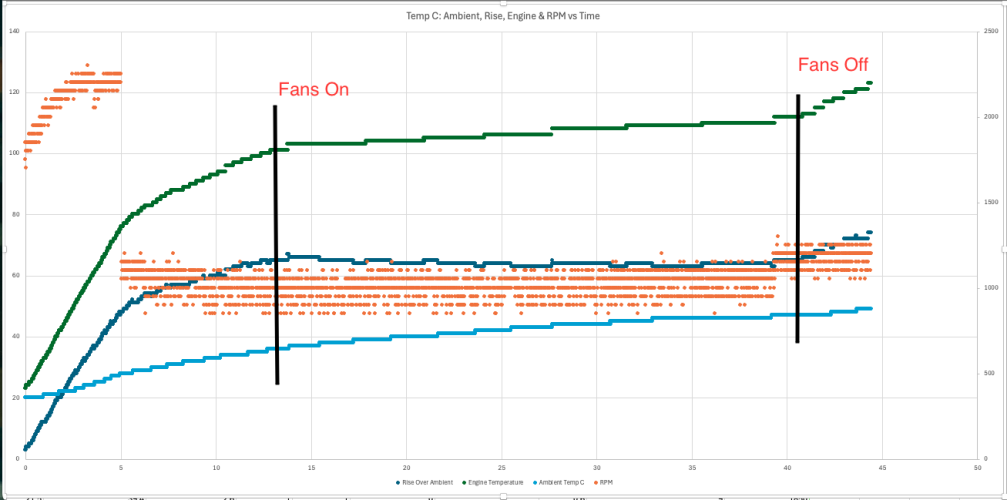brownie0486
Well-known member
Last year while sitting in a 4 mile long backed up mess trying to get into the Valley of Fire state park, the motor was getting too hot for my liking and I'd have to pull off to the side, shut down and give it 20 minutes to cool down some. Then move through the line to where my brother with his GT was sitting which didn't make a lot of cagers all that happy [ nor I for that matter ].
So yesterday talking with my brother I wondered out loud if I could find an oil cooler for the camhead, they came with the same RTP's as standard equipment. I called my local independent and he came back a few minutes later that the motherland still has them in stock, 400.00 for the cooler and 50 for the bracket. They'd installed a few including onr of their mechanics putting one in his own machine a few years back.
Ordered and should take about 3 weeks from Germany. When it arrives I'll order the new set of Dunlop RS4's for it and a week later drop the bike off for the work. I told him to just put a switch up near my dash switch for the Denalis, I didn't need it wired into the motor itself. That way I can decide when I want to turn the fan on which won't be that often.
So yesterday talking with my brother I wondered out loud if I could find an oil cooler for the camhead, they came with the same RTP's as standard equipment. I called my local independent and he came back a few minutes later that the motherland still has them in stock, 400.00 for the cooler and 50 for the bracket. They'd installed a few including onr of their mechanics putting one in his own machine a few years back.
Ordered and should take about 3 weeks from Germany. When it arrives I'll order the new set of Dunlop RS4's for it and a week later drop the bike off for the work. I told him to just put a switch up near my dash switch for the Denalis, I didn't need it wired into the motor itself. That way I can decide when I want to turn the fan on which won't be that often.



